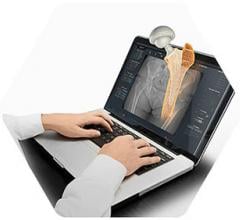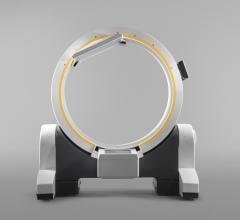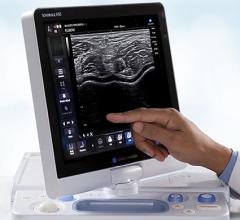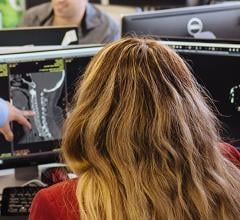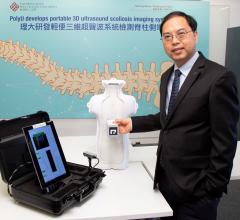April 25, 2008 - Smith & Nephew’s Endoscopy Division announced the launch of the FOOTPRINT PK Suture Anchor, a system used to attach rotator cuff tissue to bone in the shoulder.
The system is featured at AANA 2008.
The objective during rotator cuff repair is to return the soft tissue to its original anatomic attachment site. Unlike early single row suture anchor techniques, which employed single-point re-attachment, the “footprint repair” approach uses multiple anchors in two rows, often with suture bridges that provide greater tissue-to-bone attachment.
Early approaches to cuff repair included transosseous tunnel repairs, which are still done today in some medical practices. During this procedure, the surgeon drills bone tunnels through the humeral head and laces suture through them. The FOOTPRINT PK Suture Anchor delivers a Transosseous Equivalent (TOE) repair without the need for drilling transosseous bone tunnels. Its two-piece design allows for the shell of the anchor to be tapped into place. Then, independent of implantation, an inner plug is advanced, which secures the sutures running from the other anchor rows.
The anchor design enables the surgeon to adjust the tension of the suture bridges, so the final fixation is set exactly as the surgeon wishes. Unlike anchors where the tension is set before anchor implantation, the surgeon knows exactly how much tension is present upon completion, said the company.
For more information: www.smith-nephew.com


 April 28, 2020
April 28, 2020 

